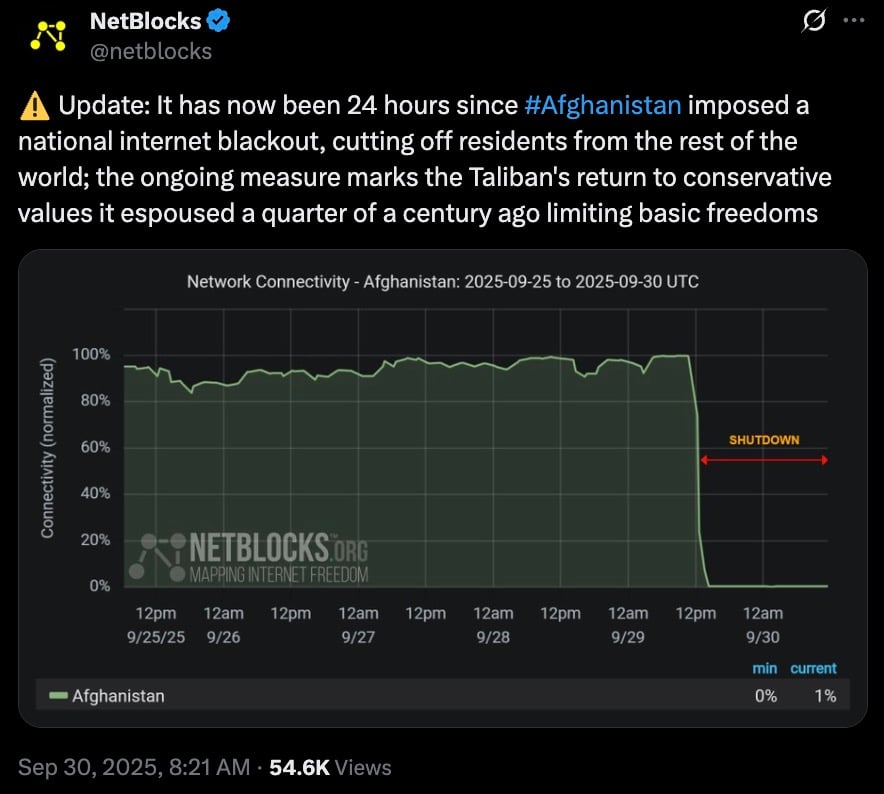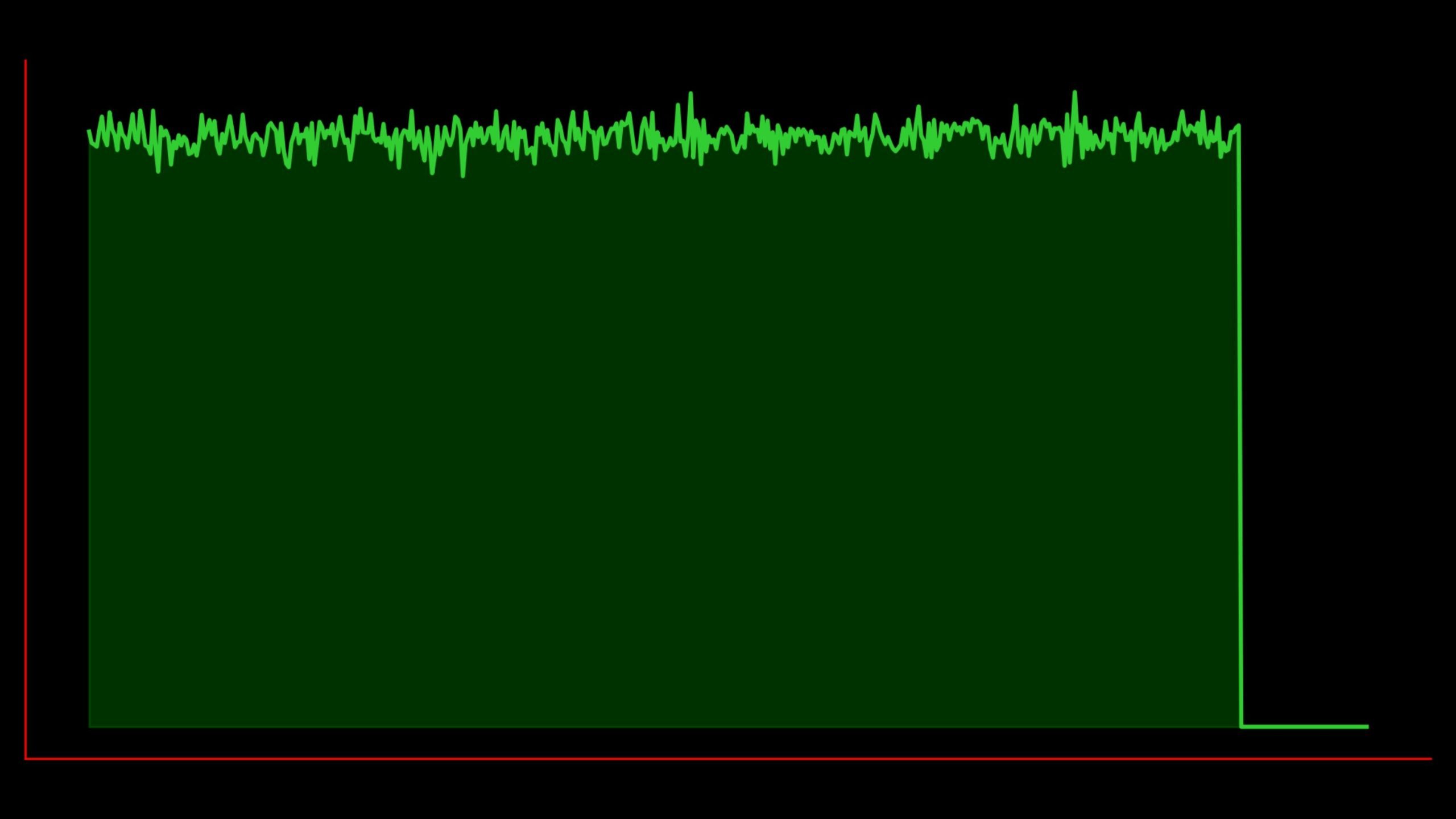After nearly 48 hours of silence, Afghanistan’s digital lifeline has flickered back to life.
Internet access and mobile networks, cut off since Monday evening, have been restored across the country following a sweeping blackout ordered by Taliban leader Hibatullah Akhundzada.
During the outage, more than 40 million people were left cut off from communication and critical services, including education, banking, and healthcare.
The blackout crippled the country’s already fragile economy, halted customs operations, and left schools and hospitals unable to function.
The shutdown was not the result of technical failure. Multiple sources confirmed that Afghanistan’s fiber-optic infrastructure was intentionally taken offline. The blackout affected both phone and internet connectivity, which often operate over the same network backbone.

No formal statement explained the decision at the time of the shutdown. However, Taliban authorities in recent weeks have voiced concerns about so-called “online immorality,” a phrase many interpret as a pretext for suppressing access to independent information and disrupting channels of dissent.
Initially, disruptions were localized in provinces like Kandahar, Helmand, and Badakhshan.
By late Monday, however, connectivity across the country had dropped sharply. According to NetBlocks, a global internet observatory, the pattern of disconnection was “consistent with the intentional disconnection of service.”
The sudden restoration of service raises more questions than answers. There has been no public comment from the Taliban leadership about why the blackout ended or whether it could return.
Rights groups remain alarmed, viewing the outage as part of a broader strategy to tighten control over the population by restricting communication.
The past two days have shown how deeply Afghanistan now depends on digital infrastructure to function. Banks froze. Businesses stopped. Remote education and telemedicine came to a halt.
With the lights back on, the scramble to recover begins, but so does the concern over when the next switch might be flipped.










